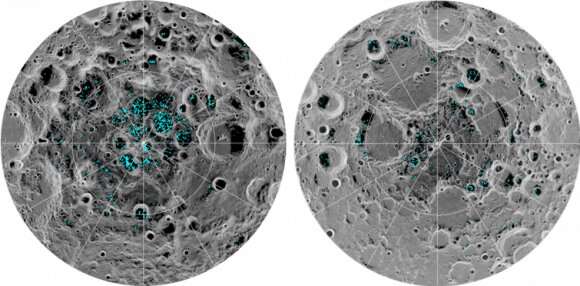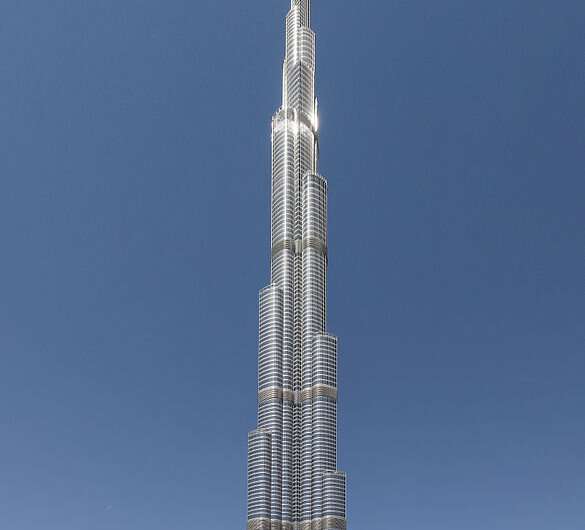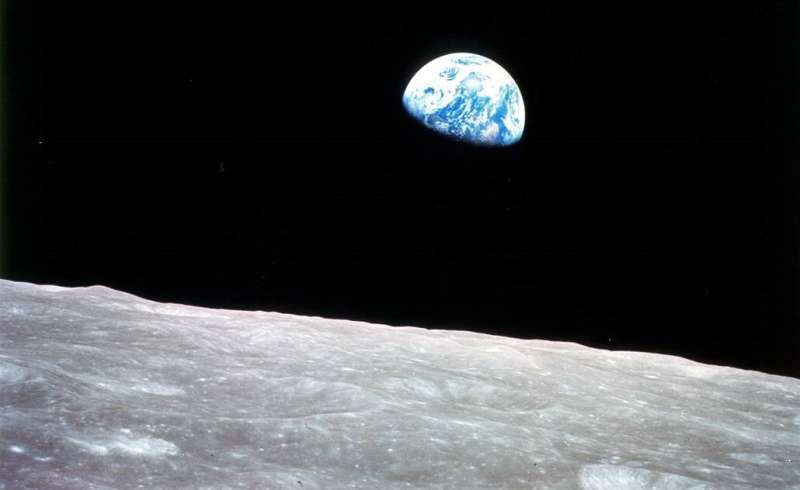The 'peaks of eternal light' are small, however, and to make the most of them, it might make sense to build on them vertically—dramatically increasing the useable surface area for unobstructed solar power generation.
While it will be many decades before any such construction is attempted in earnest, researchers at Harvard University have already begun working out the possibilities and constraints of such a project. They released a preprint paper on ArXiv at the end of February which explores the physics and material science that would govern the construction of such enormous lunar towers.

On Earth, the tallest building ever built, the Burj Khalifa, stands at 828 meters tall. On the moon, it's possible to build much higher than that because the lunar environment offers three significant advantages.
First, the moon's gravity is only 1/6th of Earth's, meaning buildings can hold up under their own weight at much greater heights. Second, the lunar environment lacks an atmosphere, which means that builders on the moon won't have to account for the strain of high winds like they do on Earth. And finally, the moon's quiet seismic environment means that lunar tower builders will not have to worry about the effects of earthquakes—or rather, moonquakes.
Taking these parameters into account, the researchers were able to calculate that a minimum wall thickness of 20 cm is required to safely construct a concrete tower up to several kilometers high. Building higher is possible, but the cost and amount of concrete required increases dramatically beyond two kilometers.

The researchers chose concrete as a building material because it can be made out of lunar soil (regolith) fairly easily. The cost of transporting steel beams from Earth would be prohibitive, so being able to construct the towers from lunar resources is essential. The researchers also measured the compressive strain of the concrete's weight, as well as its resistance to buckling, to determine how tall such a structure might feasibly be built.
While towers up to 17 km might theoretically be possible, the team concluded that "the mass and volume of regolith that needs to be processed into concrete in a reasonable time is quite likely to be the limiting factor for some time. If we require a construction time of one year, then a 2-km tower would have to process 11 mt/day. A 1-km tower would require 80% lower rates. These seem like plausible numbers for a decade or two from now."
So towering lunar skyscrapers are not only possible, but may just be the most practical solution for power generation on the moon in the long term. The day when a lunar building surpasses the height of the Burj Khalifa is still a long way off, but with the Artemis program planning to return to the moon this decade, the foundations of such a project may be laid in the not too distant future.
Explore further



